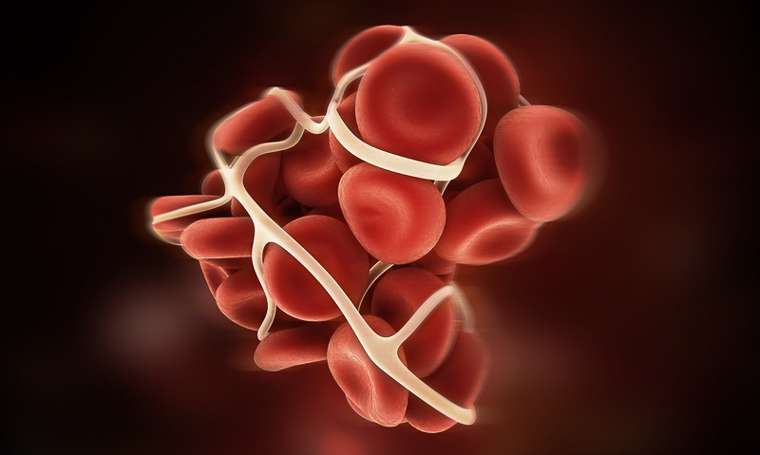Stop the clot! Just six extra minutes to save cancer patients

Blood clots and infections are the leading killers of patients being treated for cancer. Rebecca Sharp, a nursing lecturer from University of South Australia, has devised a simple method that will reduce the development of clots and save patients' lives.
"Clots form around the tubes that deliver drugs into patients' veins, and can then break off to block blood supply to the lungs or cause other dangers to the patient's health," Rebecca said.
"My studies show that the simple act of finding a vein of appropriate size before inserting the delivery device can make a difference."
Rebecca used ultrasound to study vein size in patients receiving hospital treatment for cancer. She found that to reduce the risk of clotting, the intravenous delivery device should occupy less than 45% of the selected vein width.
"Taking up more of the vein increases the risk of a blood clot by more than 10 times," she said.
What's more, to get this 10 fold benefit takes just an extra six minutes to find a vein of the right size by ultrasound.
Rebecca's research focused on a delivery device known as a PICC – Peripherally Inserted Central Catheter. PICCs are inserted through a vein in the arm, and guided internally so that the tip rests inside a large blood vessel just near the lungs.
"We call the PICC a 'one stop shop' for cancer therapies – once it's in the right place, you can administer chemotherapy and other systemic treatments through that one vein," explained Rebecca.
"It also provides a single access point to collect blood for the many tests that cancer patients often require."
When properly in place, the PICC reduces the level of trauma experienced by the cancer patient. However, when a blood clot forms at the insertion site, it creates not only an elevated immediate risk of death but also a much more complex medical journey.
"Often the PICC will be removed, and then the patient must undergoes months of extra treatment to remove the clot and prevent further clotting taking place," Rebecca said.
"It also creates a lot of initial extra pain and swelling."
These results have been published in the International Journal of Nursing Studies.
Related research showed that there is considerable variation in vein size across patients – despite medical textbooks suggesting otherwise – and that an infusion nurse can reliability measure vein diameter in the PICC clinic.
"All cancer patients should be assessed to find the right vein before chemotherapy commences," said Rebecca.
Rebecca's findings have already made their way into the broader hospital setting, and are now part of the training provided to both nurses and doctors in main teaching hospitals in Adelaide.
More information: Rebecca Sharp et al. The catheter to vein ratio and rates of symptomatic venous thromboembolism in patients with a peripherally inserted central catheter (PICC): A prospective cohort study, International Journal of Nursing Studies (2015). DOI: 10.1016/j.ijnurstu.2014.12.002
Rebecca Sharp et al. Measurement of Vein Diameter for Peripherally Inserted Central Catheter (PICC) Insertion, Journal of Infusion Nursing (2015). DOI: 10.1097/NAN.0000000000000125
Rebecca Sharp et al. Vein Measurement by Peripherally Inserted Central Catheter Nurses Using Ultrasound: A Reliability Study, Journal of the Association for Vascular Access (2013). DOI: 10.1016/j.java.2013.08.001
















